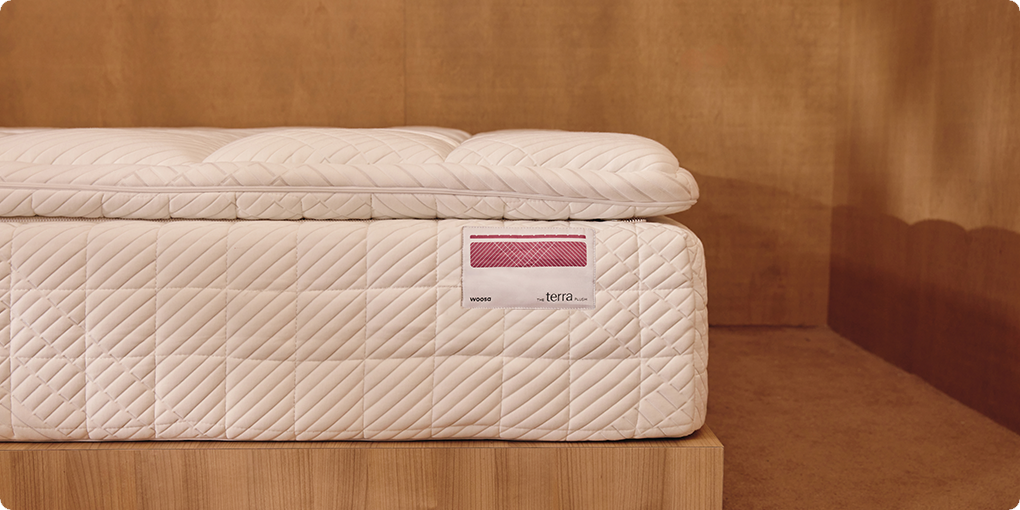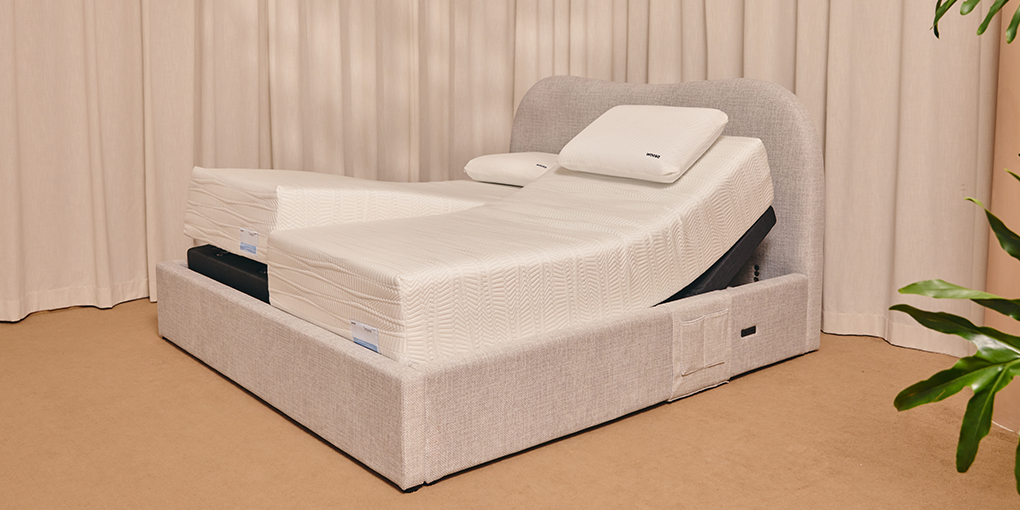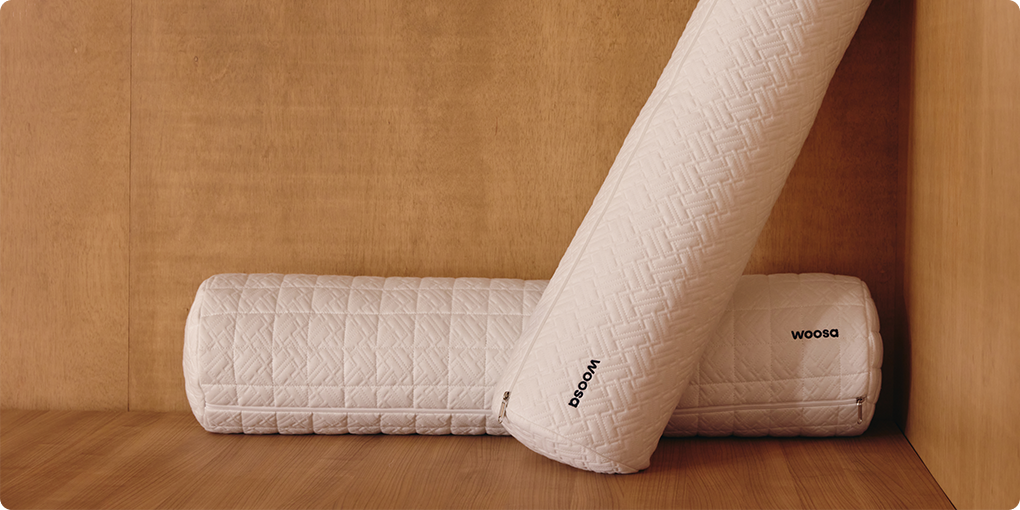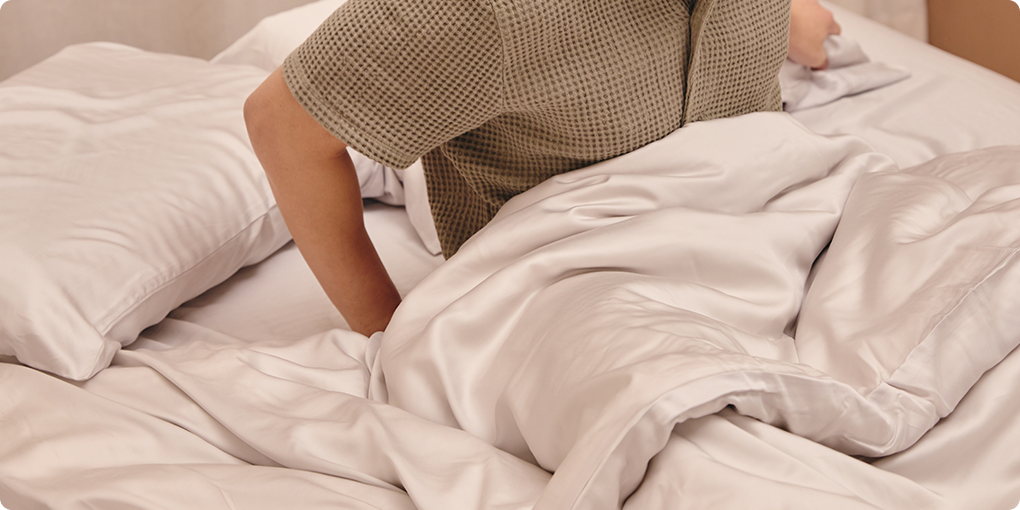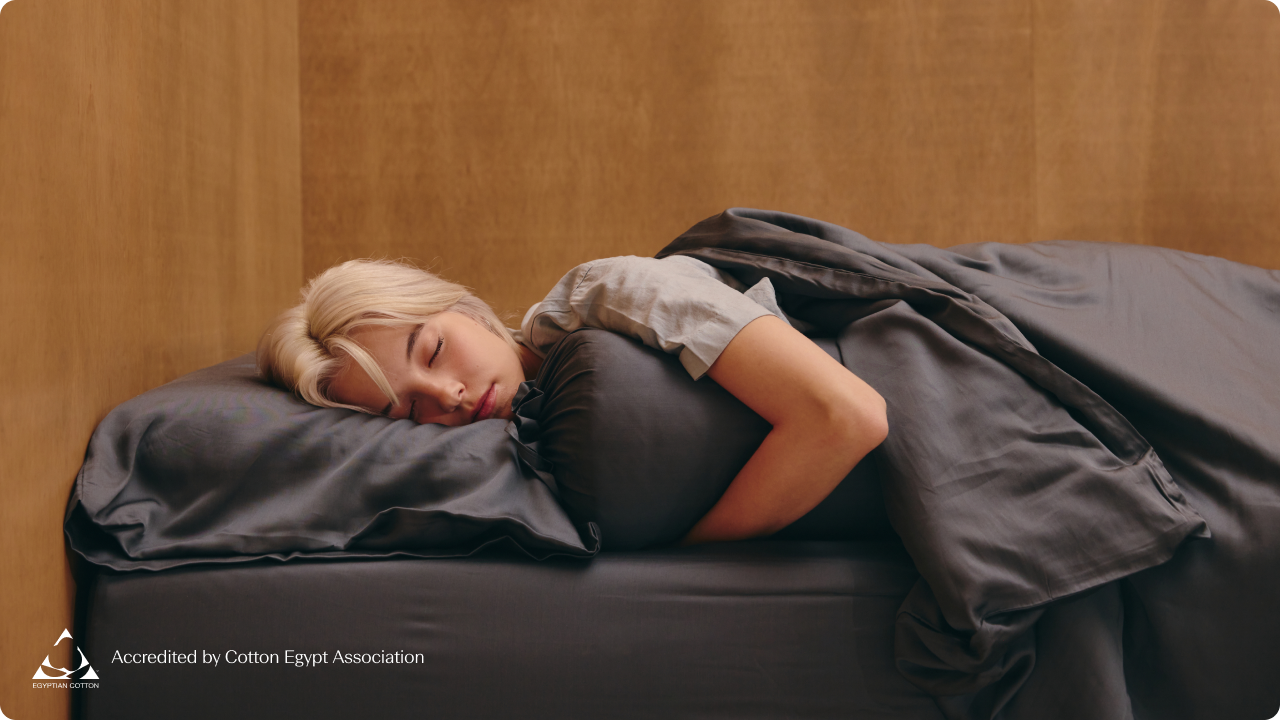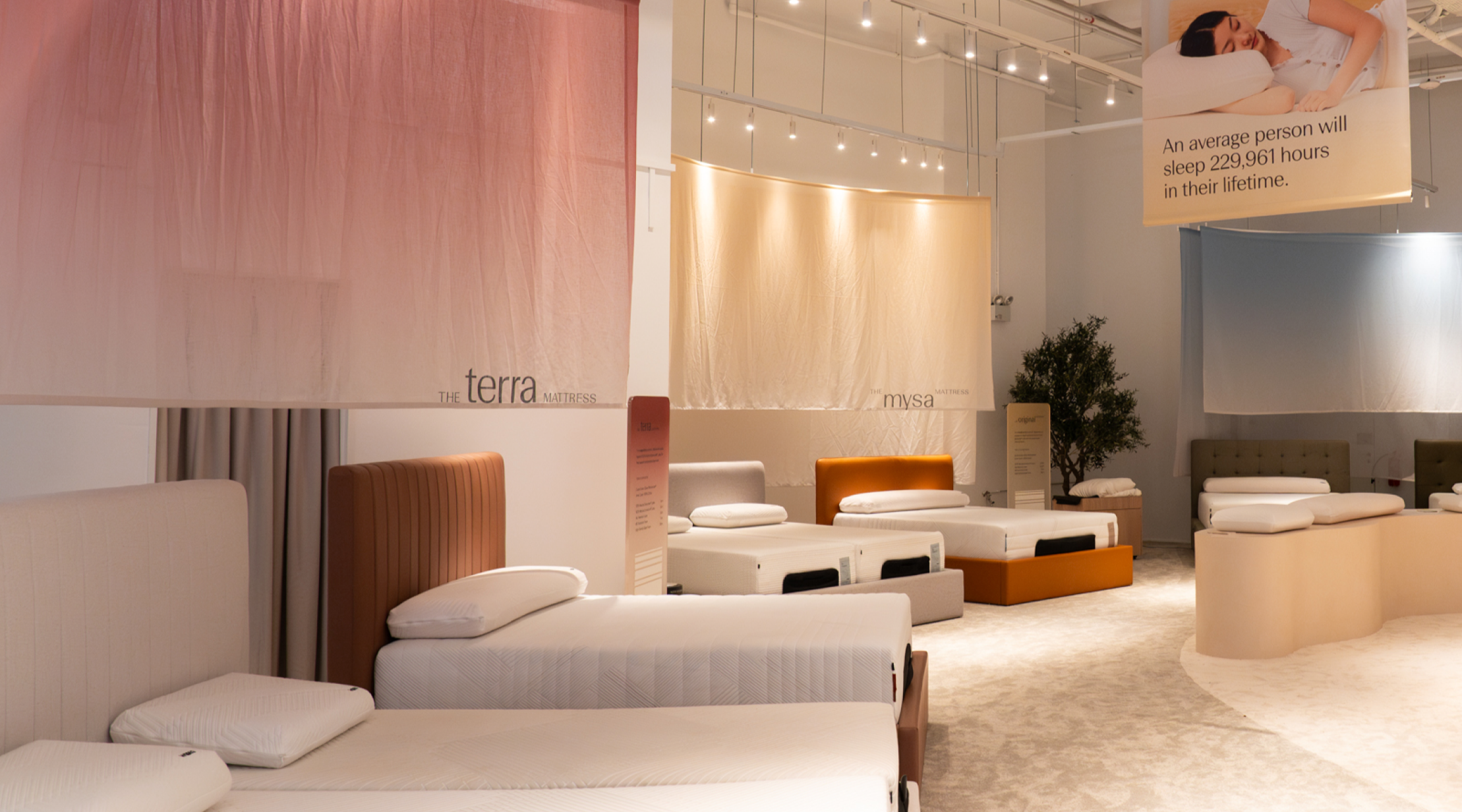Why Choose a Foam Mattress?
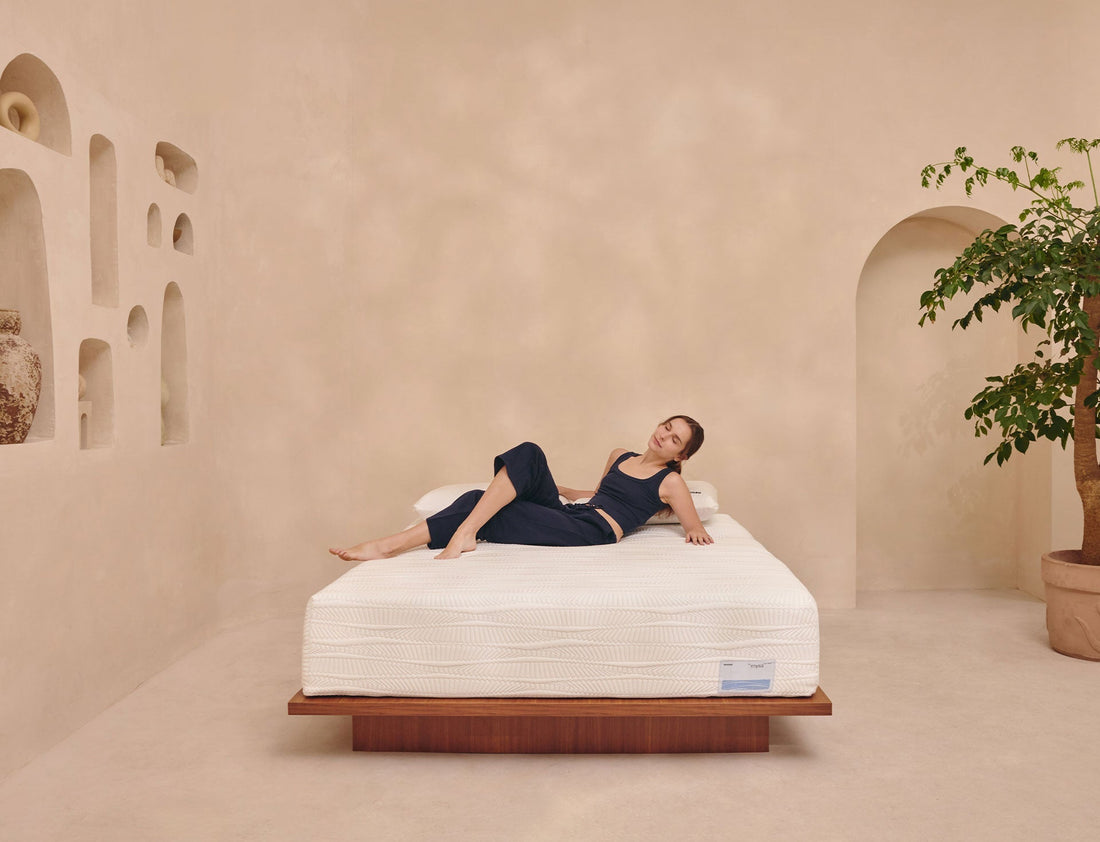
Why Choose a Foam Mattress?
Foam mattresses have earned a loyal following for their comfort, adaptability, and long-term durability. But not all foam is created equal. At Woosa, we design full-foam mattresses with precision—using only premium high-density materials and thoughtful layering to offer contouring comfort without compromise. Here’s what sets a high-quality foam mattress apart, and why we chose it over traditional springs.
Will My Mattress Sag?
One of the most frequent concerns about foam mattresses is sagging. However, the likelihood of sagging depends on several factors, including the quality of the foam, the mattress’s construction, and how well it's cared for.
1. The Quality of Foam Matters
Not all foam mattresses are built the same. Foam is a broad term that covers a range of materials, densities, and production techniques. Lower-quality foams made from inferior raw materials and outdated production techniques are more likely to sag over time. When manufacturers cut corners on foam quality, they reduce the mattress's durability, resulting in premature wear.

If your mattress uses a combination of foam and springs, the sagging might not be due to the foam itself. Spring mattresses, especially low-quality ones, are often the first to wear out, causing the foam layers on top to feel like they’re sinking. Studies have shown that foam mattresses generally have higher satisfaction ratings compared to spring mattresses because they tend to maintain their support longer.
Understanding the Different Types of Foam
When shopping for a mattress, it’s essential to understand the different types of foam available and how they affect comfort and durability. Foam mattresses typically fall into three categories: polyurethane (PU) foam, latex foam, and memory foam.
1. Polyurethane (PU) Foam
Polyurethane foam is one of the most common types of foam used in mattresses. It comes in different densities, and its quality depends heavily on its density. High-density PU foams, such as Ultra High Density (UHD) and High Resiliency (HR) foams, offer better support and durability than lower-density versions. Woosa uses only high-density and HR foams to ensure longevity and comfort.
Pros:
-
Affordable
-
Lightweight
-
Available in a range of densities
Cons:
-
Lower-quality PU foams may sag faster
-
Not as conforming as memory foam or latex
2. Latex Foam
Latex foam is another popular option, especially for those looking for eco-friendly materials. It’s known for its durability, natural bounce, and responsiveness. Latex mattresses offer excellent support, particularly for people who sleep in various positions throughout the night.
Pros:
-
Excellent durability
-
Good support for multiple sleeping positions
-
Naturally resistant to dust mites and mold
Cons:
-
Expensive compared to PU foam
-
Some people find it too firm
3. Memory Foam
Memory foam is famous for its body-conforming ability, making it an excellent option for pressure relief. It’s especially beneficial for people who suffer from joint or back pain as it molds to the shape of the body, providing personalized support.
Pros:
-
Great for pressure relief
-
Conforms to the body
-
Suitable for side sleepers
Cons:
-
Retains heat, which can cause discomfort during warm nights
-
Can feel too firm for some sleepers

Why Woosa Mattresses Use Foam Instead of Springs
When designing mattresses, one of the key decisions is choosing between springs and foam as the core foundation. At Woosa, we chose to use high-quality foam instead of springs for several reasons.
1. Outdated Bonnell Spring Systems
Bonnell springs are among the oldest spring types used in mattresses. They offer poor pressure-point relief and high motion transfer, which means your partner will feel every toss and turn during the night. Additionally, Bonnell springs are not durable and tend to lose their shape over time, making them an outdated option for modern mattresses.
2. Low-Quality Pocket Coils
While pocket coils are an improvement over Bonnell springs, many manufacturers use cheap coils that don’t meet the necessary durability standards. Poor spring quality can lead to sagging and an unnatural springy bounce, which can disrupt sleep.
3. Better Support and Comfort with Foam
Foam bases, especially high-density ones, provide better support for the body. Unlike springs that push back against the body, causing discomfort and pressure points, foam conforms to the body’s shape, distributing weight evenly. This feature is especially beneficial for side sleepers, who may experience shoulder or arm numbness with spring mattresses.
Foam mattresses also offer lower motion transfer, meaning that you won’t be disturbed by your partner’s movements during the night. Woosa’s high-density foam base ensures that our mattresses maintain their shape and provide long-lasting support, making them an ideal choice for anyone looking for a durable, comfortable mattress.
Springs vs. Foam: What’s Best for You?
Although Woosa chooses to use foam in its mattresses, it’s essential to understand the different types of spring systems available so you can make an informed decision.
1. Bonnell Springs
Bonnell springs are the cheapest and most outdated spring system. They are known for their poor motion isolation and tendency to lose shape quickly. These springs are usually found in budget mattresses and are not recommended for long-term use.
2. Continuous Springs
Continuous springs, also known as Mira-Coils, are slightly better than Bonnell springs in terms of support and motion isolation. However, they are still not as effective as pocketed coils or foam when it comes to long-term comfort and durability.
3. Pocketed Coil Springs
Pocketed coil springs are a popular choice in hybrid mattresses. These springs are individually wrapped, offering better motion isolation and support than Bonnell and continuous springs. However, the durability of pocketed coils can vary depending on the coil count and material.
Why Foam Mattresses Are the Best Option
At Woosa, we believe that high-quality foam mattresses provide the best balance of comfort, support, and durability. Foam mattresses conform to the body, offering excellent pressure relief and even weight distribution. Additionally, foam bases don’t create the push-back tension that springs do, making them a better choice for side sleepers and people with joint pain.
Our mattresses are manufactured in Belgium, a country known for its advanced foam production technology. The high-density foam we use in our mattresses is tested and certified to last for at least 10 years, ensuring that you get the best quality and longevity from your purchase.

Conclusion
Whether you’re looking for a king-size mattress, a queen-size mattress, or a single mattress size in Singapore, understanding the differences between foam and spring mattresses can help you make the best decision for your sleep needs. While spring mattresses may be a more affordable option, foam mattresses, like those from Woosa, provide superior comfort, durability, and pressure relief.
If you’re in the market for the best mattress in Singapore, consider a full foam mattress for better sleep quality and long-term satisfaction. Visit our website to explore our range of mattresses, including latex and memory foam options, and find the perfect fit for your bedroom.

